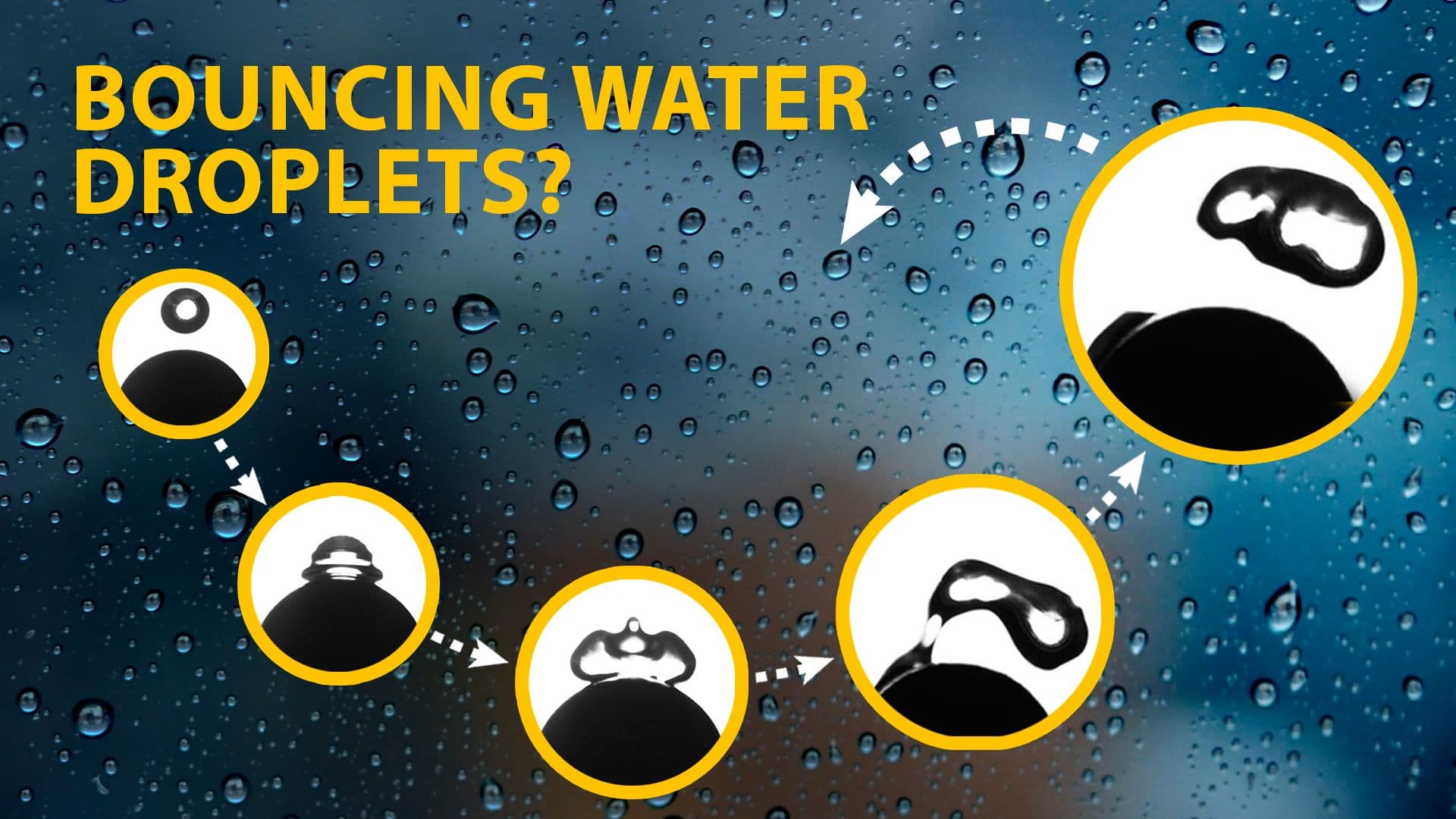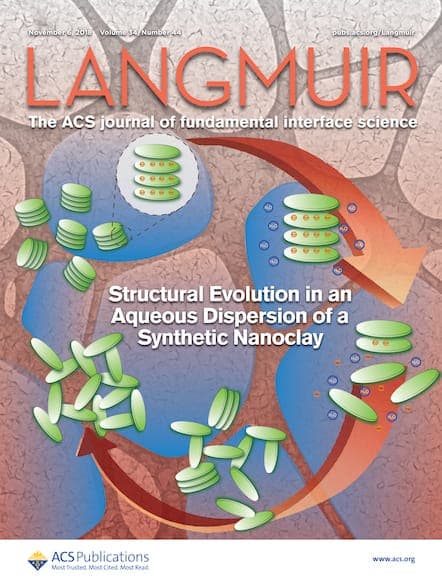Understanding droplet impact is essential for various applications, yet research on its behavior on convex surfaces with varied wettability is limited. Investigating these effects could lead to improved droplet control and enhanced performance.

Droplets hitting solid surfaces are a common occurrence. This can range from rain splashing on the ground or its use in industries such as inkjet printing and spray cooling. To further improve these applications, it’s vital to understand how droplets behave when they land. The way droplets impact a surface depends on several factors, including the surface's energy, structure, and the speed of the droplet.
Scientists have studied droplet dynamics1 to enhance practical applications like self-cleaning surfaces and ice prevention. Research shows that modifying a surface's structure can affect how droplets bounce, reducing their contact time. Recently, attention has shifted from flat to curved surfaces, particularly for inkjet printing and pipe protection. Among these, convex surfaces have attracted more interest for their ability to influence droplet impact.
Extensive studies on curved and flat surfaces with varying wettability2 reveal that droplets spend less time in contact with these compared to superhydrophobic flat surfaces.3 However, little research has explored how combining wettability differences on curved surfaces could further optimize droplet control.
In a recent study published in Langmuir, researchers in Japan explored how droplets behave on curved copper surfaces with mixed wettabilities,4 revealing new ways to control impact dynamics. Their findings could lead to breakthroughs in cooling, icing prevention, and beyond. Check it out for yourself in the latest Headline Science video:
The experiments analyzed 2 mm droplets impacting cylinders of varying diameters (1–6 mm) at speeds between 0.2 and 2.0 m/s. Four outcomes were observed: droplets could adhere, adhere and split, bounce, or bounce and split. On 6 mm cylinders at 0.5 m/s, droplets attached at angles between 0° and 60°, bounced between 120° and 180°, and moved toward the hydrophilic side at 90° due to wettability differences.
Higher velocities or smaller cylinders with lower speeds increased the likelihood of droplet splitting due to inertia. The maximum spreading width was estimated using the Weber number, converting it to an angular position to predict the left-side impact point. These estimates aligned with experimental results for 4 mm and 6 mm cylinders, as well as flat surfaces.
“The results of the present study show new possibilities for controlling the droplet impact behavior on cylindrical surfaces,” noted the authors in their article. “However, several challenges remain in this research. The investigation of discrepancies between pre-dictions and experimental results at high velocity and small cylinder diameter conditions is needed for further accurate understanding of the impact behavior on curved surfaces with wettability difference.”
Watch more Headline Science on YouTube!
The video above is brought to you by the ACS Science Communications team. To watch more exciting videos and shorts covering some of the latest research in ACS journals, visit the Headline Science page on YouTube.
Video credits:
Written and produced by Anne Hylden
Editing and animations by Janali Thompson
Narrated by Anne Hylden
Series produced by Vangie Koonce, Anne Hylden, Andrew Sobey,
and Jefferson Beck
Executive produced by Matthew Radcliff
Explore related content from ACS Publications
Blog Post

Gecko Feet Inspire New Materials for Slip-Resistant Shoe Soles
ACS Journal Articles
Effect of Droplet-Removal Processes on Fog-Harvesting Performance on Wettability-Controlled Wire Array with Staggered Arrangement
Yutaka Yamada*, Junya Oka, Kazuma Isobe, and Akihiko Horibe
DOI: 10.1021/acs.langmuir.4c01942
Experimental Investigation on the Impact Behavior of Droplets on Inclined Grooving Surfaces
Li Dai* , Lijuan Qian, and Kunxi Jiang
DOI: 10.1021/acs.langmuir.4c05044
Salvinia-Effect-Inspired Magneto-Responsive Superhydrophobic Surfaces with Cluster-Distributed Microcilia Array
Xuan Wu*, Shiwei Chen, Xiaojiao Fu, Guichuan Li, and Changfu Bi
DOI: 10.1021/acs.langmuir.5c00108
Chiral Amine-Induced Assembly of Toroidal Structures with a Carboxylic Acid-Functionalized, Polymerizable Macrocyclic Diacetylene
Mohammed Iqbal Khazi*, Raz Jelinek*, Jong-Man Kim*, Haksu Lee, Daewoong Jang, and Nila Nandha Kadamannil
DOI: 10.1021/acs.langmuir.5c00347
Tunable Spontaneous Droplet Motion in Flexible Channels
Zhongzheng Wang*, Haiyi Zhong, Si Suo, and Leila Mamizadeh
DOI: 10.1021/acs.langmuir.4c04615
References
- Qian, L. et al. Experimental Investigation on the Impact Behavior of Droplets on Inclined Grooving Surfaces. Langmuir 2025, 41, 7, 4844–4853
- Yamada, Y. et al. Effect of Droplet-Removal Processes on Fog-Harvesting Performance on Wettability-Controlled Wire Array with Staggered Arrangement. Langmuir 2024, 40, 32, 16994–17000.
- Chen, S. et al. Salvinia-Effect-Inspired Magneto-Responsive Superhydrophobic Surfaces with Cluster-Distributed Microcilia Array. Langmuir 2025, 41, 11, 7741–7751.
- Ishikawa, T. et al. Droplet Impact Behavior on Convex Surfaces with a Circumferential Wettability Difference. Langmuir 2025, 41, 11, 7640–7647.

